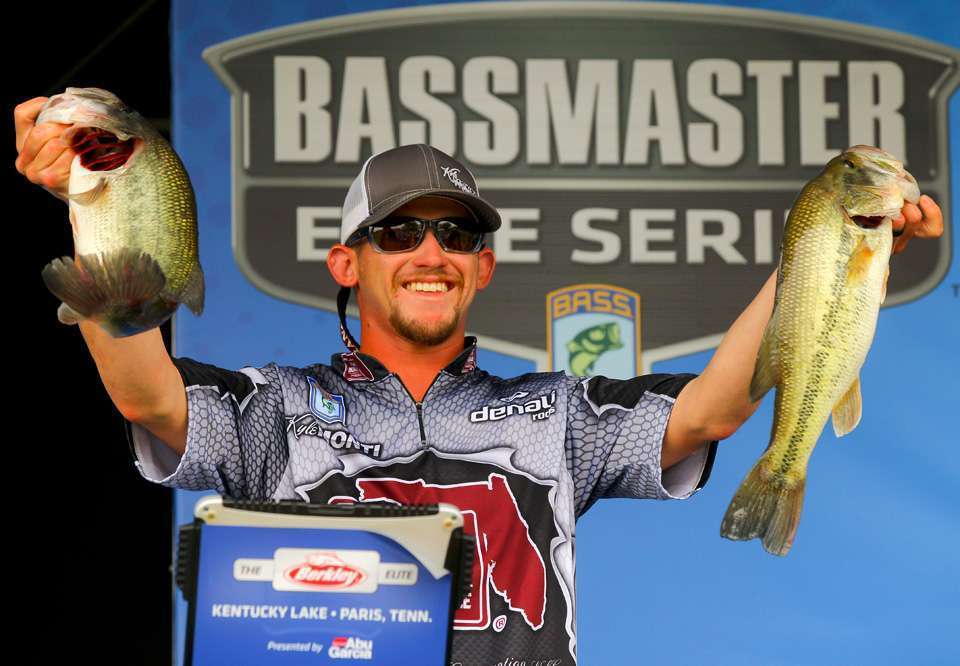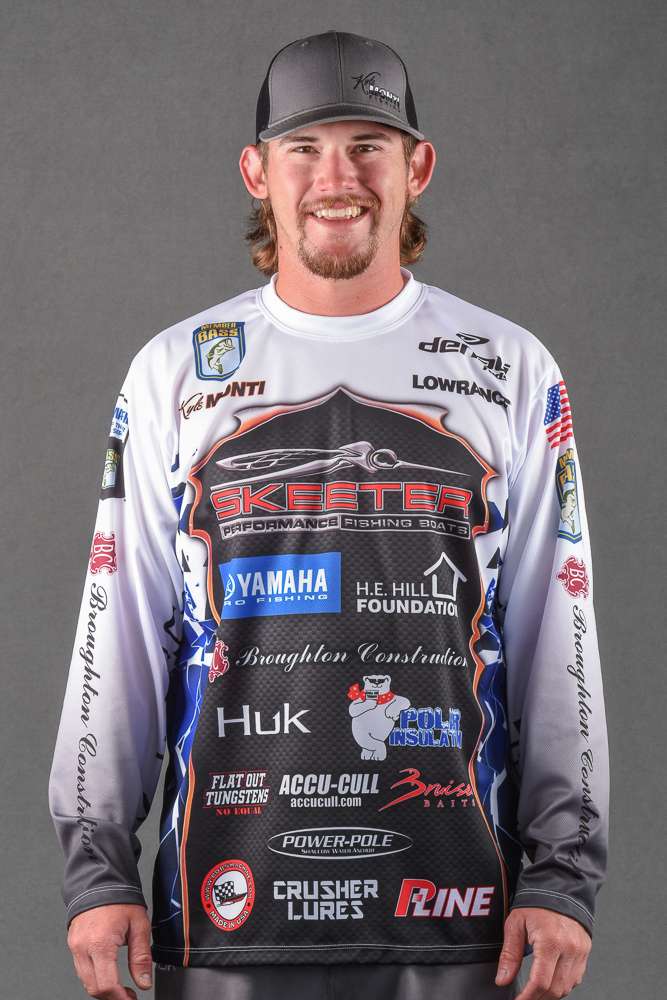
Keeping it simple.
That isn’t easy to do when competing at the level of the Bassmaster Elite Series. When you fish against the best anglers in the sport it takes every bit of skill you have to outsmart them and the bass.
Doing that takes sometimes takes tech, expensive tackle. Even the “pro talk” language we speak can be over the top for the average angler to understand.
As a guide on Lake Okeechobee I encounter that all the time. My clients get confused about choosing basic fishing tackle, because in reality it can be complicated. I see my clients make a lot of common mistakes just because their tackle is unbalanced or they made the wrong lure choice. There are so many choices that keeping it simple can be a challenge.
A good example is flipping soft plastics. That has become a highly specialized tactic, from choosing line and rod action to the bait and terminal tackle. It takes a balanced combination of all those ingredients to get the most efficiency from them. So many choices make it easy to choose the best lure but the wrong sized line or lure.
Let me break down how to keep it simple yet efficient with this popular technique, beginning with soft plastics. What gets overlooked is the importance of matching plastic size and density to the situation. In thick vegetation keeping the bait connected to the hook and not fouled or hung up in the grass is the goal. Some anglers accept that as part of the technique. Yet the more you stay hung up the less time the lure stays in the strike zone. You are less efficient.
A wiser choice is wide, thick baits like a Reaction Innovations Sweet Beaver. The hook has more plastic to stay imbedded in the lure. Again the lesson learned is efficiency. You can’t be that when you continually miss the target or spend too much time rerigging fouled lures.
Rod choices get complicated too. I’ve had customers bring too soft of a rod rigged with to heavy a weight for the lure. They have difficulty controlling the lure because the rod has too much bounce.
Manufacturers help keep it simple by labeling rods with the range of weights suitable for the length and action. Following that purpose the best overall light pitching and flipping rod is a Denali Lithium Series 7-foot, 4-inch Heavy Flippin’ Rod. I’m also a shorter guy and that length gives me just the right control of the rod. Taller anglers will want to experiment with longer rods.
The line section of a tackle shop is the best example of how our sport has grown beyond keeping things simple. The good news is we have fluorocarbon and braid added to monofilament. Each type of line has its place according to the situation, and you can be more efficient given the right choice.
For flipping I use 65-pound and heavier P-Line XTCB 8 Braid. My clients ask me why I make such a choice when we aren’t trying to catch fish weighing 65 pounds. The answer is hook setting torque. You can create that much pressure when setting the hook from only 10 feet away. I have lost big fish on 20- or 30-pound braid because I popped the line at the hook set. For casting lures I use that range of braid but nothing lighter. Those braids cinch down in the reel on the hook set. I even use it on topwaters except for chugger- or prop-style baits when I switch to monofilament line for the buoyancy.
Making the right choices for a balanced tackle system based on the angling situation can be made simple. Do that and your efficiency level goes up, so does your confidence, and you will catch more fish.

